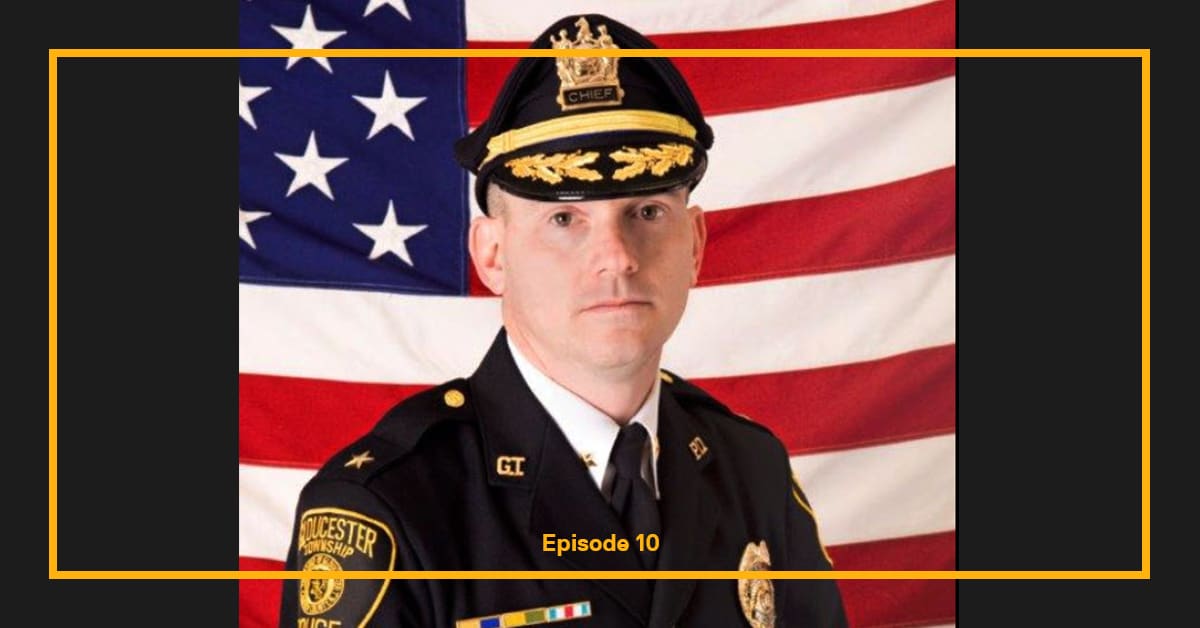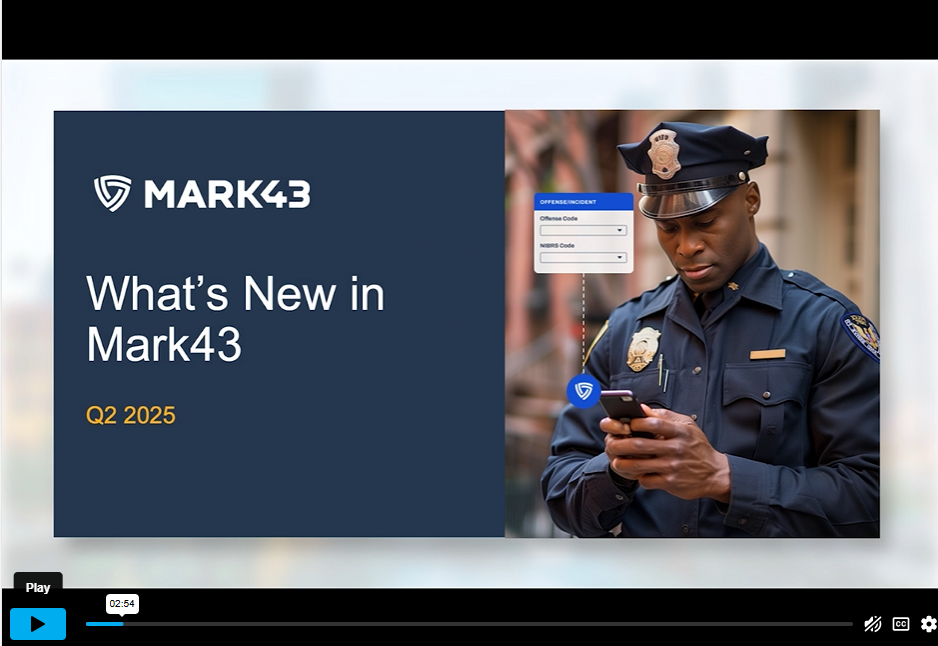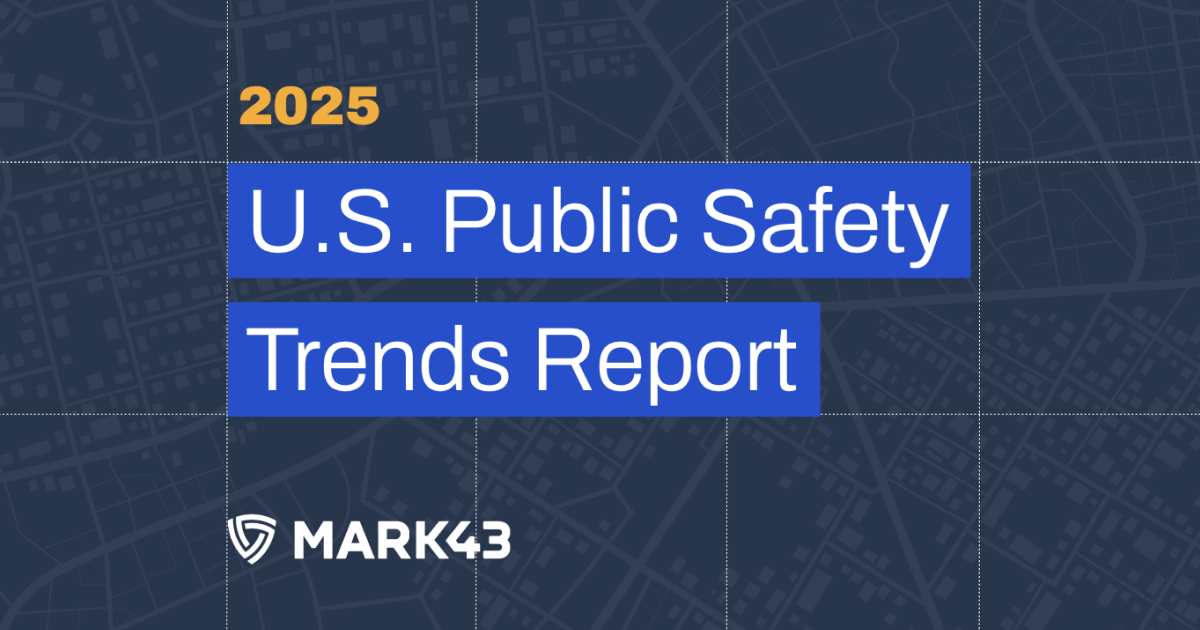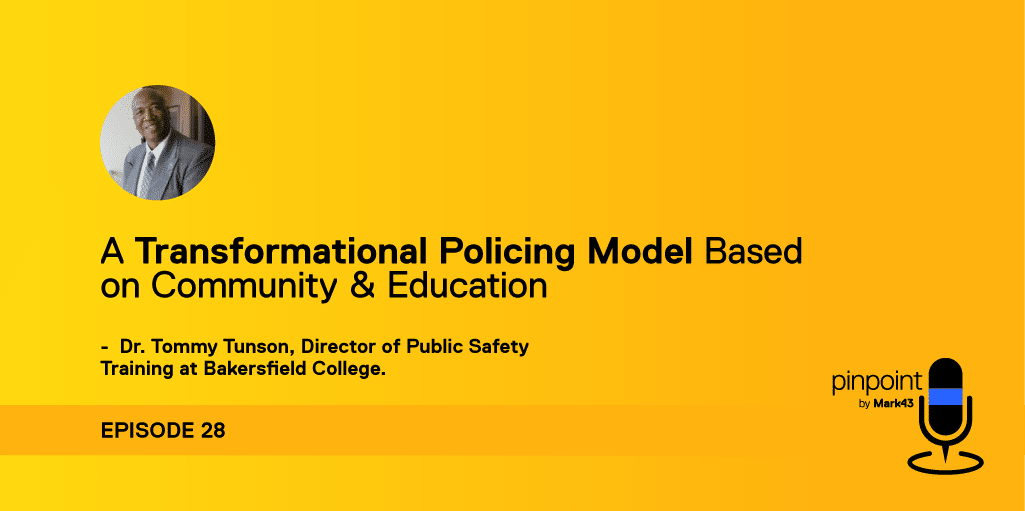
How would you like to drop overall crime in your community by 34%, violent crime by 53%, youth recidivism by 50%, and runaway/missing children by 64%?
It starts by having a simple conversation and asking yourself, what do you do besides arrest people?
Harry Earle is Chief of the Gloucester Township Police Department in NJ. Earle has introduced the Third Gear Policing Model of Intervention to improve public safety and minimize recidivism. It goes beyond the traditional law enforcement model with prevention and intervention.
[popup_trigger id=”1576″ tag=”pinpoint”]
[/popup_trigger]
The results are astonishing, and in some ways unexpected.
Here’s what we learned.
The First Gear (Arrest and Suppression)
In the mid-’90s, Earle was working with his community’s DARE (Drug Abuse Resistance Education) program. There was one boy in the class who was disruptive and created problems. At one point the teacher told Earle, “One day you’re going to lock that kid up.”
Earle already knew the boy’s older brother. He knew that the mother was a victim of domestic abuse, and that the younger brother was a chronic runaway. Earle was amazed that the school, police department, and community could do nothing for that child other than impose disciplinary actions.
Sure enough, about ten years later, the boy (now a young man) was arrested.
Earle was a sergeant by that time and clearly remembered the youngster from that fifth grade classroom. He knew all the red flags had been there, but there had been no system in place to support the child.
The Second Gear (Prevention)
When Earle became chief in 2010, he hired a social worker and they asked each other, what can we do other than just arrest people? How can we prevent arrests?
They wanted to reach out to young people who were exposed to trauma, saw a parent incarcerated, came from adverse backgrounds, etc., and provide intervention. More than just arresting people, they wanted to prevent people from becoming a part of the criminal justice system to begin with.
The Third Gear (Intervention)
Today, the GTPD social worker provides free services. They intervene with people who are on the brink, or who have committed a minor offense, and get them back on track.
That’s the nutshell approach to third gear policing.
The first step they took in 2011 was a program called GT focus, a six-week program where young people in jeopardy came out to a night class to learn about decision making, controlling anger, and building relationships.
Arrestees who have an addiction are introduced to a drug and alcohol counselor who tries to guide them into treatment. Every officer gets six months of additional training in the field and carries informational cards on how parents can find help for children in crisis, and how anyone of any age can find assistance with addiction.
The department’s family resource center is a satellite facility that looks like a home and provides free family counseling to youth, families, and parents, though anyone can visit. They also help adults with a food bank, clothing bank, job search/resume building, and obtaining identification.
When the GTPD is informed that a parolee is being released into their community, Earle sends them a personal letter describing all the support services in the community that they can access. The hope is that the community can give them the tools and the resources they need so they don’t violate again, create a victim, and go back to prison.
Juvenile Unit Huddle
Earle doesn’t want to see any more kids slip through the cracks, like that fifth grade boy, so he created the juvenile unit huddle. Every child who comes to the PD’s attention (children who run away, commit a criminal offense, are truant from school, have a crisis episode, etc.) is fed into the juvenile unit huddle.
The department and social worker research not only them, but family members and associates. They decide what kind of services they can offer, do they need to notify another agency, do they reach out to a parent, do they offer free counseling?
The ultimate goal is to reduce crime. Statistics prove that kids who leave school are more likely to be arrested. The police department wants to help those youngsters early and mold them into more productive and law-abiding adults later in their life.
Numbers Don’t Lie
The statistics are impressive. Since Gloucester Township implemented their intervention strategies, between 2009-2017:
- Overall crime dropped 34%
- Violent crime dropped 53%
- Youth recidivism for first time offenders dropped 50%
- Runaway/missing children dropped by 64%
Earle draws a straight line between intervening with addicts and the drop in crime. As an example: A young woman appeared before the court for shoplifting. She came back, again and again, finally admitting to a drug addiction. She eventually committed an armed robbery and went to prison for eight years.
Those early minor crimes are an opportunity to intervene and prevent more serious and violent crimes.
It’s about keeping people safe. Additionally, lowering crime rates contributes to the value of the community. When people feel safe in a community, it affects a lot of things. Businesses want to invest, and people want to live there.
In a town of nearly 70,000, there is inevitably some crime. But getting the message out about the changes they’ve made has made the community stronger and better.
“It’s about keeping people safe, but at the same time, lowering those crime rates has such a contribution of value to the community.” —Harry Earle
Harnessing the Power of the Internet
GTPD began to reach out to the community on Facebook around 2011. In that time and place it was a pretty new idea. But it enabled them to reach more young people, and helped the police build relationships beyond the traditional boots on the ground interactions.
Even today they use more video because that’s the way younger people like to communicate. The PD regularly posts videos about suspects and videos of crimes. They do a “wanted Wednesday” which highlights a person they’re looking for.
They solve many crimes that way, and Earle believes it has contributed to the plummeting crime rate as well.
They also receive tips electronically. Earle said that 95% of today’s tips come in digitally, not via phone.
Be Part of the Solution
Earle hears a lot of people say that they don’t have a social worker or the ability to have a youth huddle. His response to that is to “have a conversation.”
If your department only has 20 officers, Earle said they should already know about the youths in such a small community and their families. When a child is arrested an officer should ask, what else is going on with that house?
While Earle invites any interested LEOs to ask any of the GTPD officers about the program, he cautions that the process requires an open mind. Ask yourself how can you prevent crime and intervene, not just with young people but the entire community in a different way?
Listen to your young officers. They have great ideas and often they come to the table and present them really well.
Acknowledge that social disorder contributes to crime. Be ready to step out of your comfort zone. Start the conversation of what you can do besides arrest people.
“There’s some real work and some real benefit to community policing that everyone’s doing at Gloucester Township Police,” Earle said proudly.








